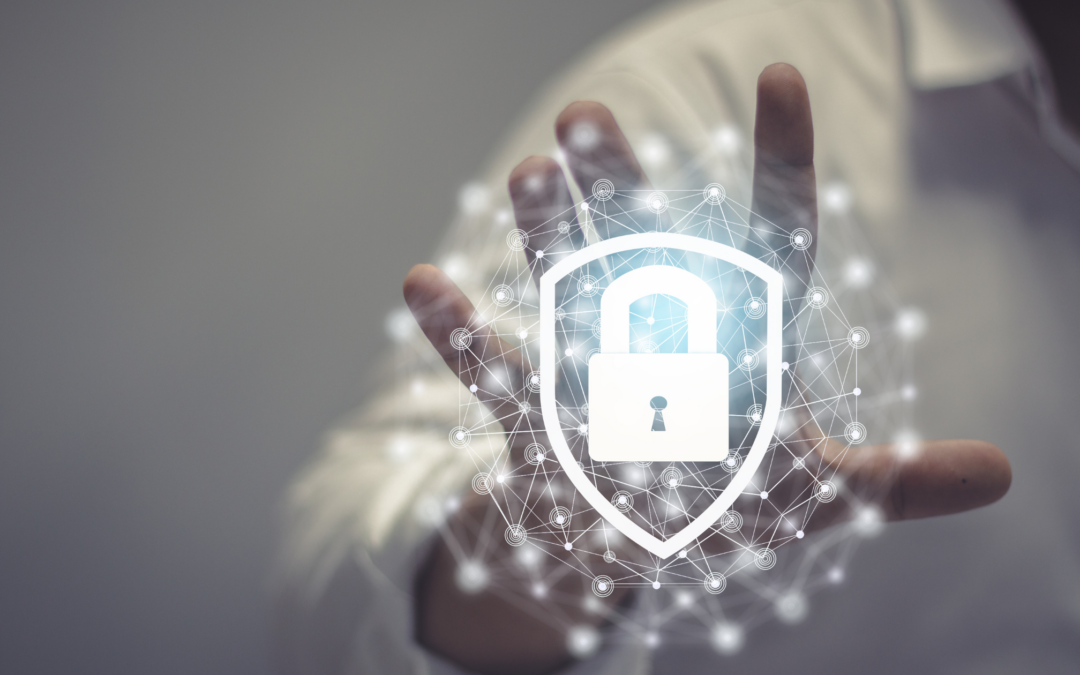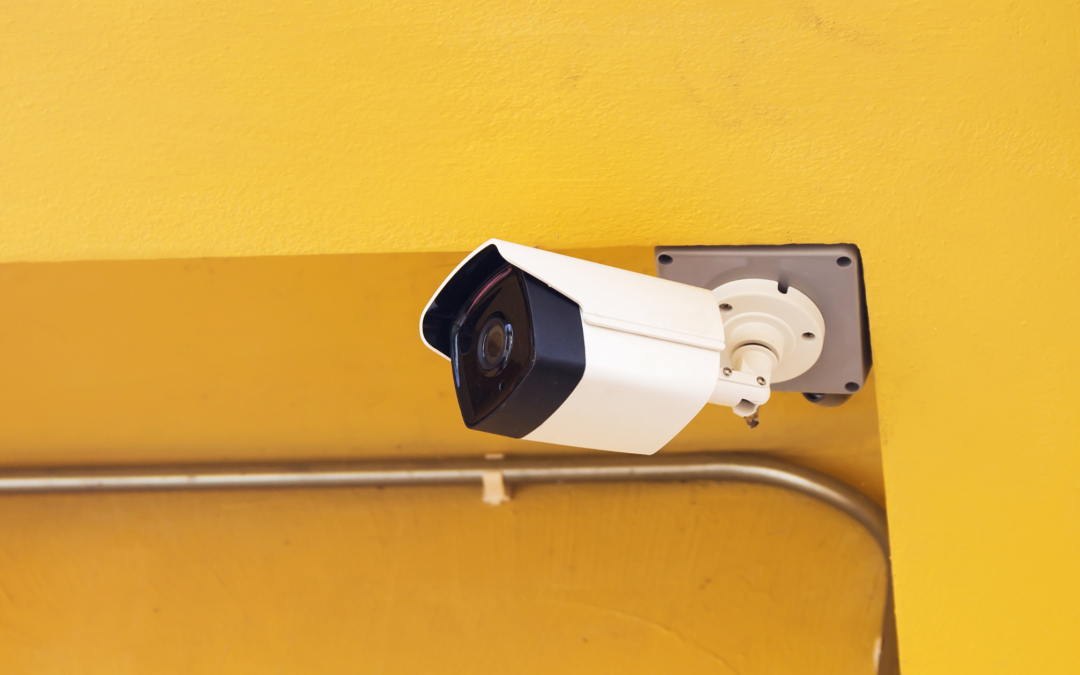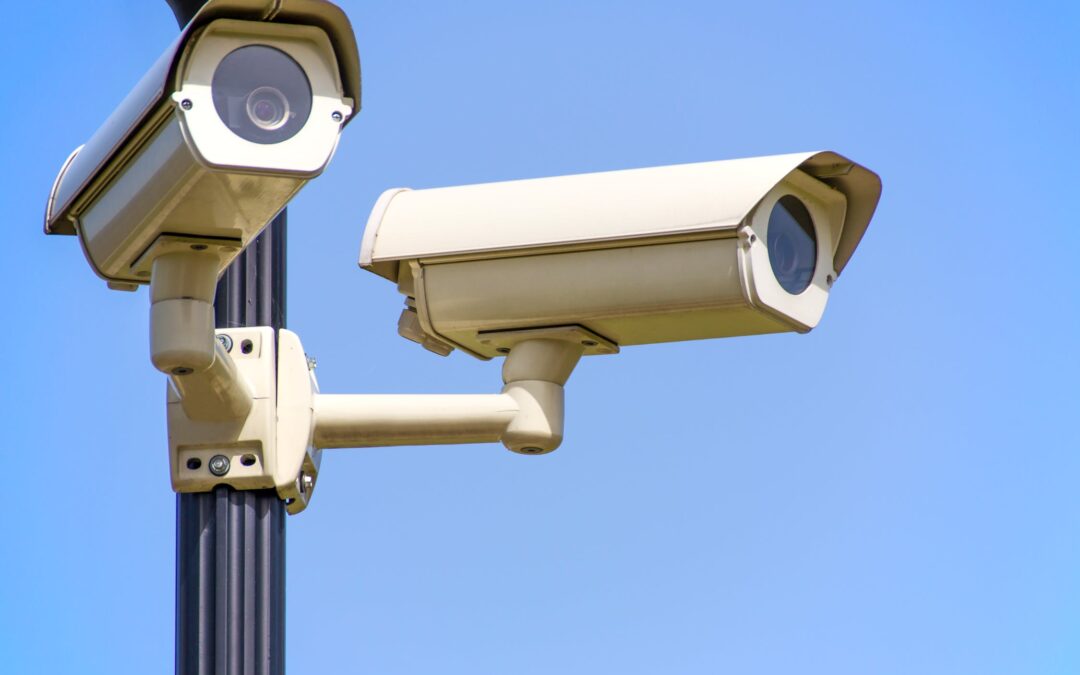You have security cameras and a Video Management System (VMS) set up. Your doors are controlled, requiring validated credentials from anyone who wants to gain access.
But what about the system itself? Is it secure?
Whether it’s a stranger hacking into a video monitor or accessing confidential emails, security is a major concern for companies and organizations of all sizes. Although cyber-attacks are unlikely to end anytime soon, it’s reassuring to remember that system and data protection mechanisms will also continue to become stronger and stronger.
We’ve highlighted three key tools you can use to keep vulnerable data, assets, and systems protected:
1. Encryption
Encrypting data means encoding it, ensuring unauthorized users won’t be able to see or access sensitive data or private information.
The process is done using an encryption key. The key then uses an encryption algorithm, which translates (or encodes) readable data (or plaintext) into unreadable data (or ciphertext). Only the right decryption key will then be able to decode that ciphertext into plaintext.
An encryption algorithm can be either symmetric or asymmetric:
- With symmetric encryption algorithms, the encryption and decryption keys will be the same. They’re faster and easier to implement, making them ideal for bulk data encryption. The downside, however, is that anyone who has the decryption key will be able to access your data (whether or not it’s meant for their eyes).
- Asymmetric algorithms use two separate but mathematically linked encryption keys. You can use a public key to encrypt the data, which means it can be widely distributed, while a private key is needed for decryption to guarantee security. The reverse is also possible (encrypting the data with a private key and decrypting it with a public one). The disadvantages are that asymmetric algorithms are slower and require a greater amount of computation to set up.
2. Authentication
Authentication is a two-step process. First, you need to determine that an entity (user, server, or client application) is who or what it claims it is. Second, you need to verify if and how it should have access.
This process can happen on the server-side, client-side, or both. The difference between the two is that while client-side authentication uses techniques like tokens or usernames/passwords, server-side authentication uses certificates:
- A token is a type of claims-based authentication, which is achieved by presenting valid and signed information. It works in the same way as a boarding pass. Presenting only your passport at the gate isn’t going to get you on the plane. You first need to be vetted through picture ID before you’re given your boarding pass, which lets the airline verify your claim.
- A digital certificate proves ownership over a public key. It includes information about the key itself, its owner, and the digital signature of the signer to confirm it’s communicating with the correct entities. Certificates are commonly used on HTTPS-based websites to validate the authenticity of a web server.
Authentication is crucial for keeping data protected and preventing unauthorized access – preventing hackers from pretending to be security servers to control, copy, or manipulate valuable data.
3. Authorization
Authorization lets security system administrators specify user access privileges and rights, restricting activities by:
- Granting access to groups or individuals for applications, resources, or data.
- Defining what users will be able to do with resources.
- Controlling how long data will be kept.
- Selecting information that can be distributed, shared, or modified.
Setting access and activity parameters is especially important for video surveillance.
Whatever type of security infrastructure you have, it’s important to ensure it’s protected at every level. This will enhance the security of the entire system and all the elements to which it’s connected.
Activo is proud to be partner with trusted suppliers to provide advanced, leading-edge security systems and network solutions. Contact us today to discuss the security and networking technologies that will be right for your business.
More from Activo:












